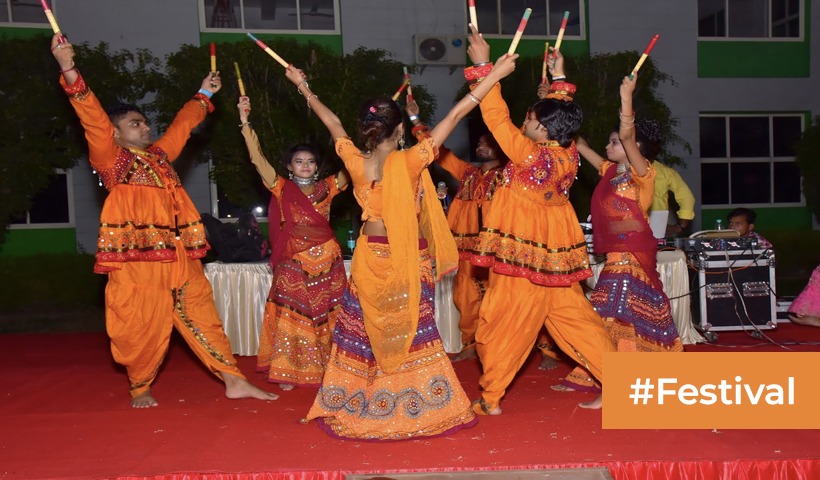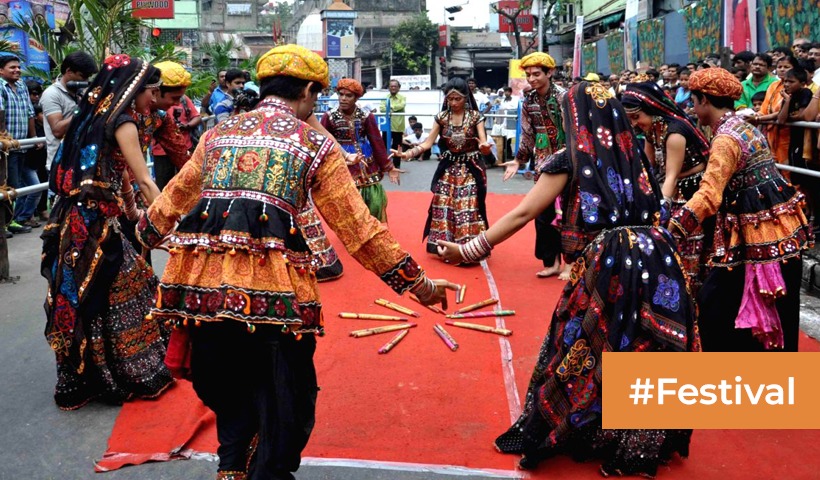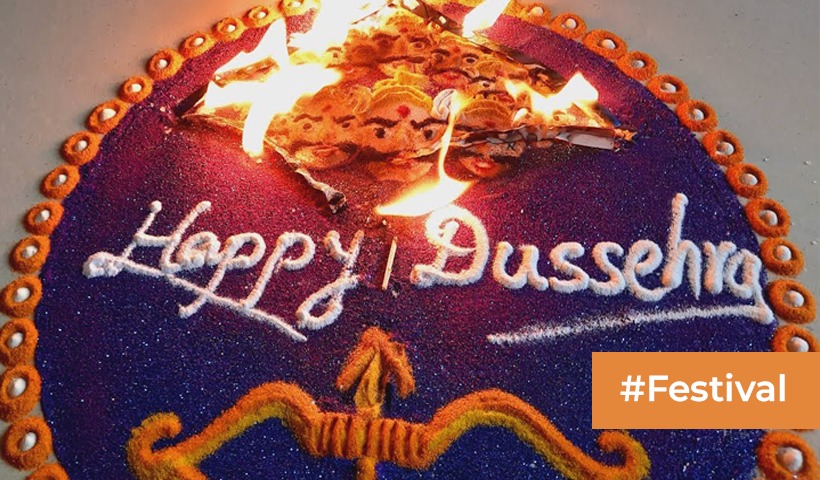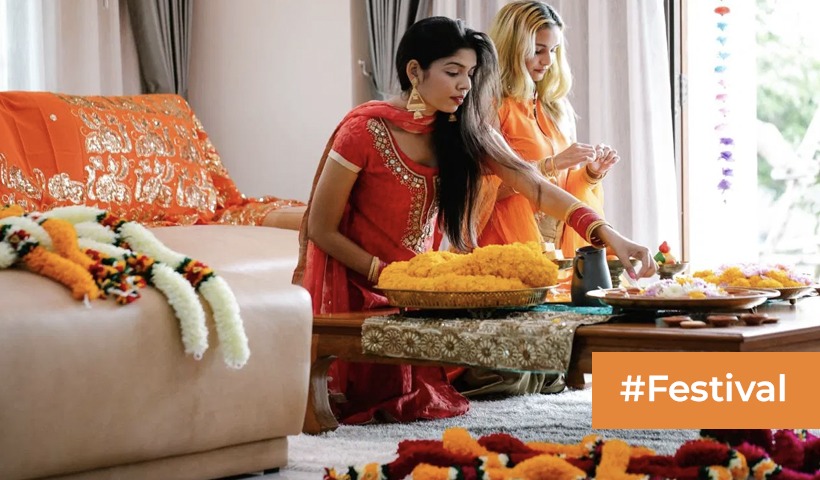Dussehra Unveiled: The Significance of Vijayadashami!
Dussehra, also known as Vijayadashami, is a significant Hindu festival celebrated with immense enthusiasm and fervor throughout India. It marks the victory of good over evil and is observed with a mix of religious traditions, cultural performances, and grand celebrations. In this blog, we’ll delve into the history, significance, and diverse ways in which Dussehra is celebrated across India.
Part 1: Historical Significance
1.1 The Legend of Dussehra: Dussehra is celebrated to commemorate the victory of Lord Rama over the demon king Ravana, as narrated in the ancient Indian epic, the Ramayana. Ravana had abducted Lord Rama’s wife, Sita, and the festival symbolizes the triumph of good (Lord Rama) over evil (Ravana).
1.2 The Ten-Day Navaratri Festival: Dussehra is the culmination of the Navaratri festival, which spans ten days. Each day of Navaratri is dedicated to a different form of the Goddess Durga, who is believed to have the power to vanquish evil. The festival is a time of fasting, prayer, and reflection.
Part 2: Significance in Different Regions
2.1 North India: In the northern parts of India, Dussehra is celebrated with grand processions and the burning of effigies representing Ravana, his brother Kumbhakarna, and his son Meghnad. These effigies are set ablaze in open grounds, and the event is attended by large crowds.
2.2 South India: In the southern states, Dussehra is celebrated with the display of dolls and figurines, known as Golu. Families invite guests to view their Golu displays, exchange gifts, and enjoy traditional sweets. This is also a time for cultural performances and the worship of Goddess Saraswati.
2.3 West India: In the western regions, especially in Gujarat and Rajasthan, Dussehra is marked by the vibrant dances of Garba and Dandiya Raas. Colorful dance events take place where participants wear traditional attire and dance to the beat of music.
2.4 East India: In East India, particularly in West Bengal, Dussehra coincides with the grand festival of Durga Puja. Enormous idols of Goddess Durga are worshipped and then immersed in water, marking her return to her celestial abode.
Part 3: Celebrations and Traditions
3.1 Ramlila Plays: Throughout the festival season, open-air theatrical performances called “Ramlila” are held, enacting episodes from the Ramayana. These plays are a popular form of entertainment and a way to keep the epic’s stories alive.
3.2 Fairs and Cultural Events: Dussehra is a time for fairs, cultural events, and traditional music and dance performances. Communities come together to celebrate their shared cultural heritage.
3.3 Religious Worship and Prayers: On the day of Dussehra, people visit temples and offer prayers to Lord Rama and other deities. It is a day for seeking blessings and spiritual reflection.
Dussehra, the festival of victory, carries deep historical and cultural significance in India. It is celebrated with fervor, reverence, and a sense of unity that transcends regional and cultural boundaries. Whether it’s the grand processions in the north, the colorful dances in the west, the elaborate rituals in the east, or the enchanting Golu displays in the south, Dussehra encapsulates the rich diversity and spiritual essence of India. It is a celebration of the eternal triumph of good over evil and a time for families and communities to come together in joy and devotion.
Disclaimer: The views expressed above are for informational purposes only based on industry reports and related news stories. PropertyPistol does not guarantee the accuracy, completeness, or reliability of the information and shall not be held responsible for any action taken based on the published information.




